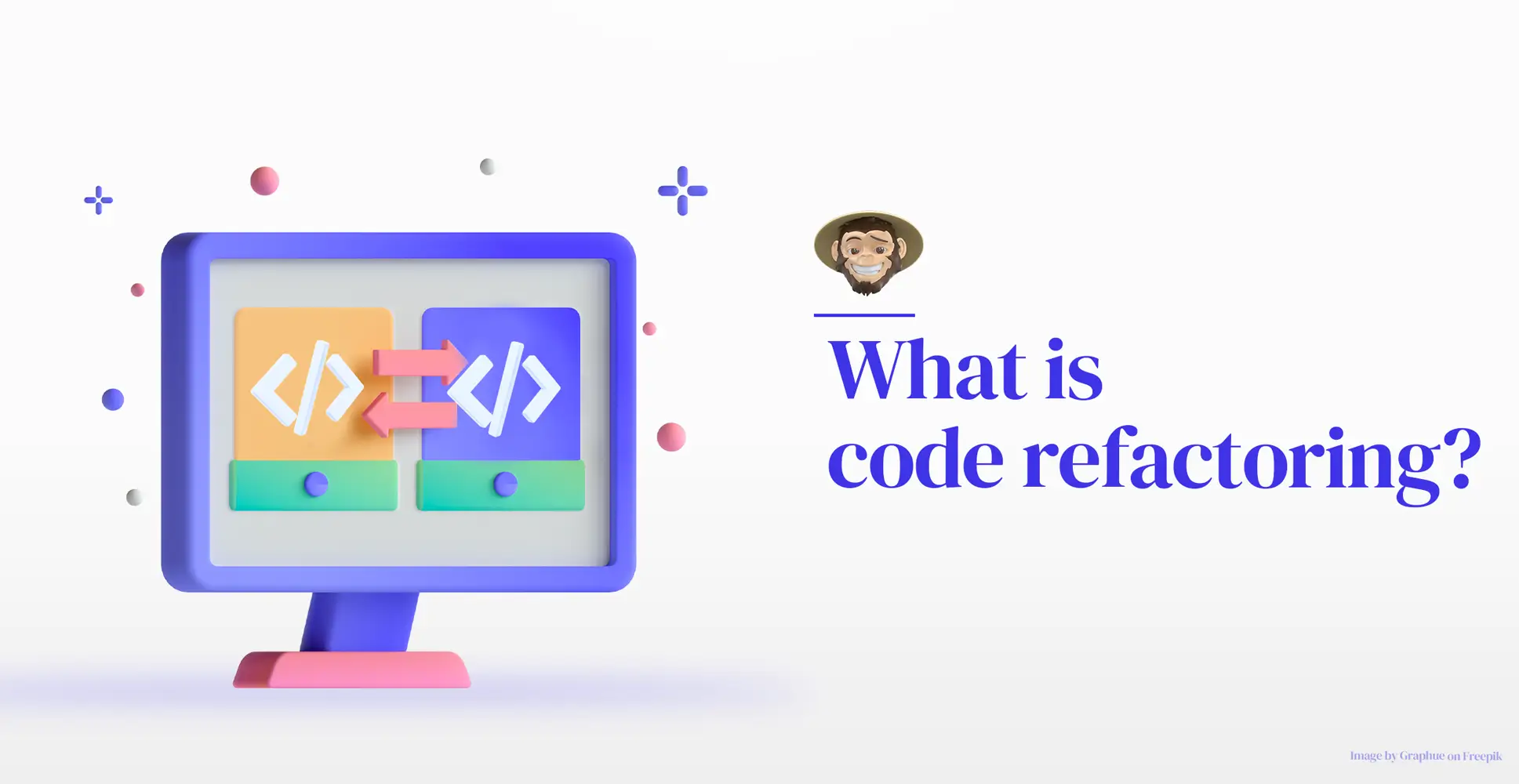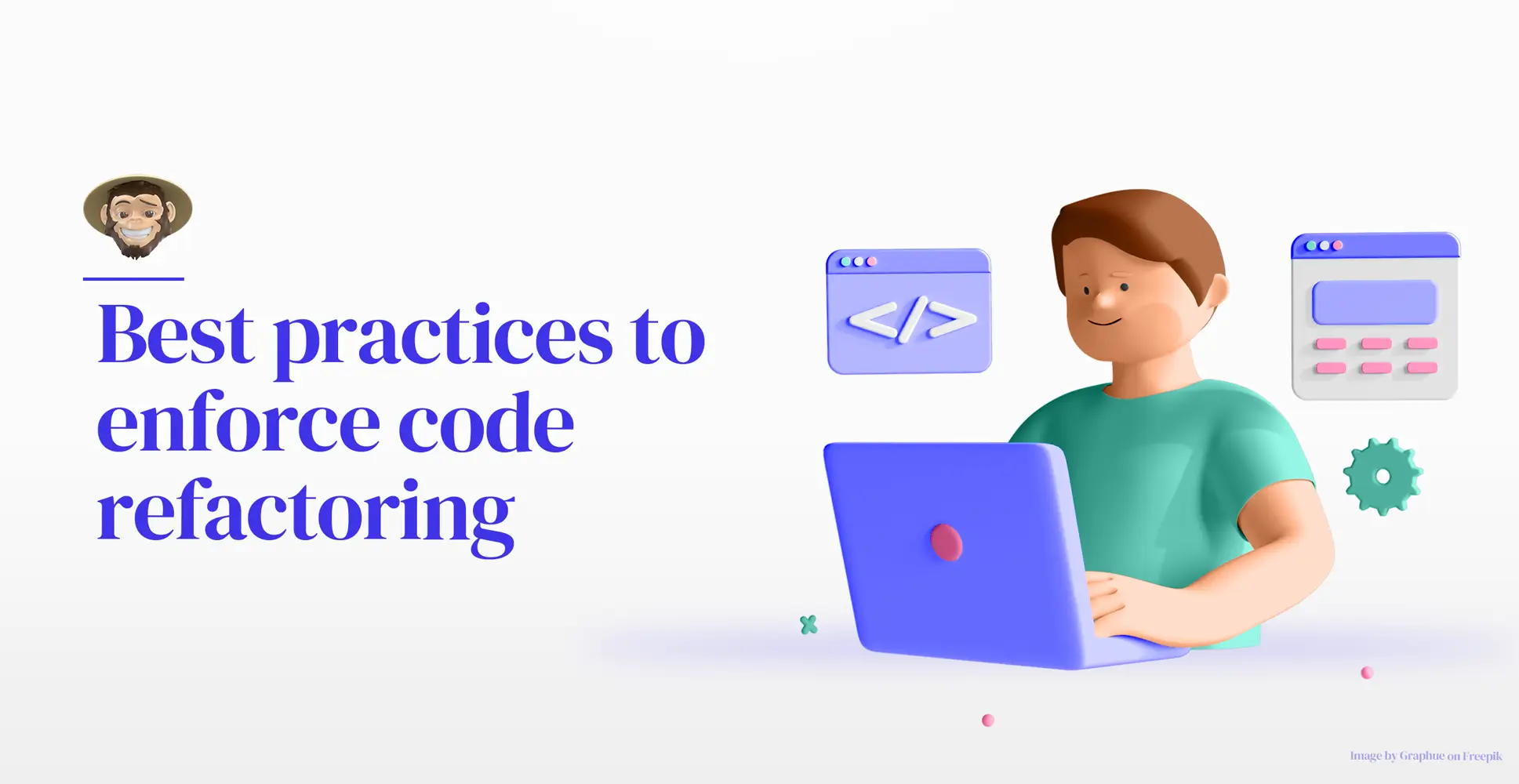When done correctly, code refactoring can serve as a powerful tool for rejuvenating and elevating software and app performance and quality, offering a fresh perspective and renewed energy to your development process
Have you ever meticulously organized your closet, only to find it full of clutter and disorganized a couple of weeks later? In the realm of software and app development, this is a common struggle, except it’s not your app development partner’s closet that gets cluttered; it’s application code. Despite our best efforts, our apps’ code can become untidy–sort of speak–and we need to polish it every now and then to keep things running smoothly. Akin to fine-tuning a musical instrument, restructuring our software’s existing code is essential to improve its performance, quality, and maintainability over time, and here is where code refactoring becomes pivotal.
Just like any craft, mastering the art of code refactoring isn’t straightforward. It requires preparation, a specific skill set, patience, and a deep understanding of how software and mobile app design works. But, with the right tools and knowledge, code refactoring can be easily implemented and mastered. In this blog post, we’ll explore the principles of code refactoring and the most effective strategies and techniques to implement it and enhance product quality and performance. Here we go.

What is code refactoring?
Code refactoring is the process of restructuring and improving the architecture and readability of existing code without changing its observable functionality or external behavior. The main goal of code refactoring is to improve the code’s quality, readability, performance, and maintainability while reducing its technical debt and complexity, improving the codebase design and flexibility. In other words, it’s about turning a messy code into a clean, readable one. This “overhaul” is an iterative process that involves making small but incremental changes via tasks such as targeting bugs, eliminating redundancy, simplifying complex logic, improving conventions, enhancing algorithms, and optimizing the overall code architecture, to name a few.
Nonetheless, it’s worth noting that code refactoring isn’t just about making code look clean or pretty. Code refactoring is critical for an application’s long-term success because a codebase that is easy to understand, escalate, and modify allows app developers to respond quickly to changing requirements and evolving user needs, enabling them to fix issues more efficiently. As a result, applications and their codebases remain scalable, readable, and responsive regardless of changing business or user needs.
When is code refactoring necessary?
You should consider implementing code refactoring when you:
Are upgrading to newer technologies
Identified code smells or bugs
Need to reduce the code’s complexity
Are adding new features
Need to optimize your app’s performance

Best practices to enforce code refactoring
Enforcing code refactoring to successfully support an efficient and healthy codebase requires a combination of strategies. Here are some fundamental approaches to ensure the correct implementation of code refactoring.
Establish clear goals and refactoring guidelines
As with most app development processes, creating and communicating clear goals and guidelines is essential to implement code refactoring successfully. You and your team need to understand precisely how refactoring should be performed, but more importantly, you must clearly define the criteria for identifying when to perform it. So, it’s critical to establish clear goals and guidelines, such as high complexity, duplication, or outdated patterns, for instance, to help you pinpoint code that needs refactoring.
Include code refactoring in your Continuous Integration
Incorporate code refactoring into your regular app development process. That means making it part of your continuous integration (CI) pipeline and code review processes to ensure that automated tests and team members catch outdated code, duplicates, bugs, or regressions.
Leverage automated refactoring tools
Automated refactoring tools, such as those provided by some integrated development environments (IDEs) or third-party plugins, can help you and your team streamline the code refactoring process and simplify tasks such as renaming variables, detecting code smells, extracting methods, or restructuring code.
Implement incremental refactoring
Incremental refactoring, a strategy of breaking down refactoring tasks into smaller, more manageable chunks, is a powerful approach. Instead of making large-scale overhauls, you can refactor one small piece of code at a time and test it to ensure it maintains its proper functionality before moving on to the next piece. This method, which can be easily integrated into your regular app development processes, is less likely to impact the ongoing project’s progress, making it a safe and effective way to improve your codebase.
Provide proper training on the subject
Lastly, fostering a culture of learning and knowledge sharing among team members is crucial. This is not just a suggestion but a responsibility for team leads and project managers. By providing valuable training sessions, workshops, and other learning resources, you can help your team understand code refactoring, its techniques, when to implement it, and its best practices. This culture of learning will spread expertise and help them continuously improve their coding skills, contributing to the overall success of the project.

Challenges of code refactoring
Even though code refactoring is crucial for maintaining a robust codebase, it can bring about a range of obstacles. Some typical challenges that arise during code refactoring include:
You’re trying to refactor legacy code
Some older applications have legacy code, and refactoring legacy code can present some challenges, particularly because it lacks proper documentation. It is also more complex, has tightly coupled components, and has outdated architecture, which makes refactoring more challenging.
Time constraints
Developers often encounter the challenge of balancing the demand for new features or updates with the need to allocate time for refactoring existing code. This can be especially difficult when facing tight deadlines. The pressure to prioritize feature development over code quality arises because refactoring typically requires additional time that may not have been initially planned for in the project.
Risk of messing up a good thing
You and your team may have reservations about refactoring code due to concerns about introducing errors or setbacks. The absence of adequate test coverage or automated tests can make refactoring a risky endeavor, mainly when dealing with intricate codebases.

Final word
Code refactoring is crucial for maintaining software systems’ well-being, effectiveness, and manageability. However, its successful implementation requires you to establish clear guidelines, integration into the development process, automated tools, gradual approaches, tracking of metrics, training, and a focus on managing technical debt. Although challenges exist when attempting to implement code refactoring, overcoming these hurdles can result in a more robust and easily maintainable codebase, ultimately leading to improved software quality and developer productivity.
At Foonkie Monkey, we always prioritize code cleanliness and follow best practices to accomplish that. So, if you have any questions about code refactoring or want us to work on your next project, drop us a line!





